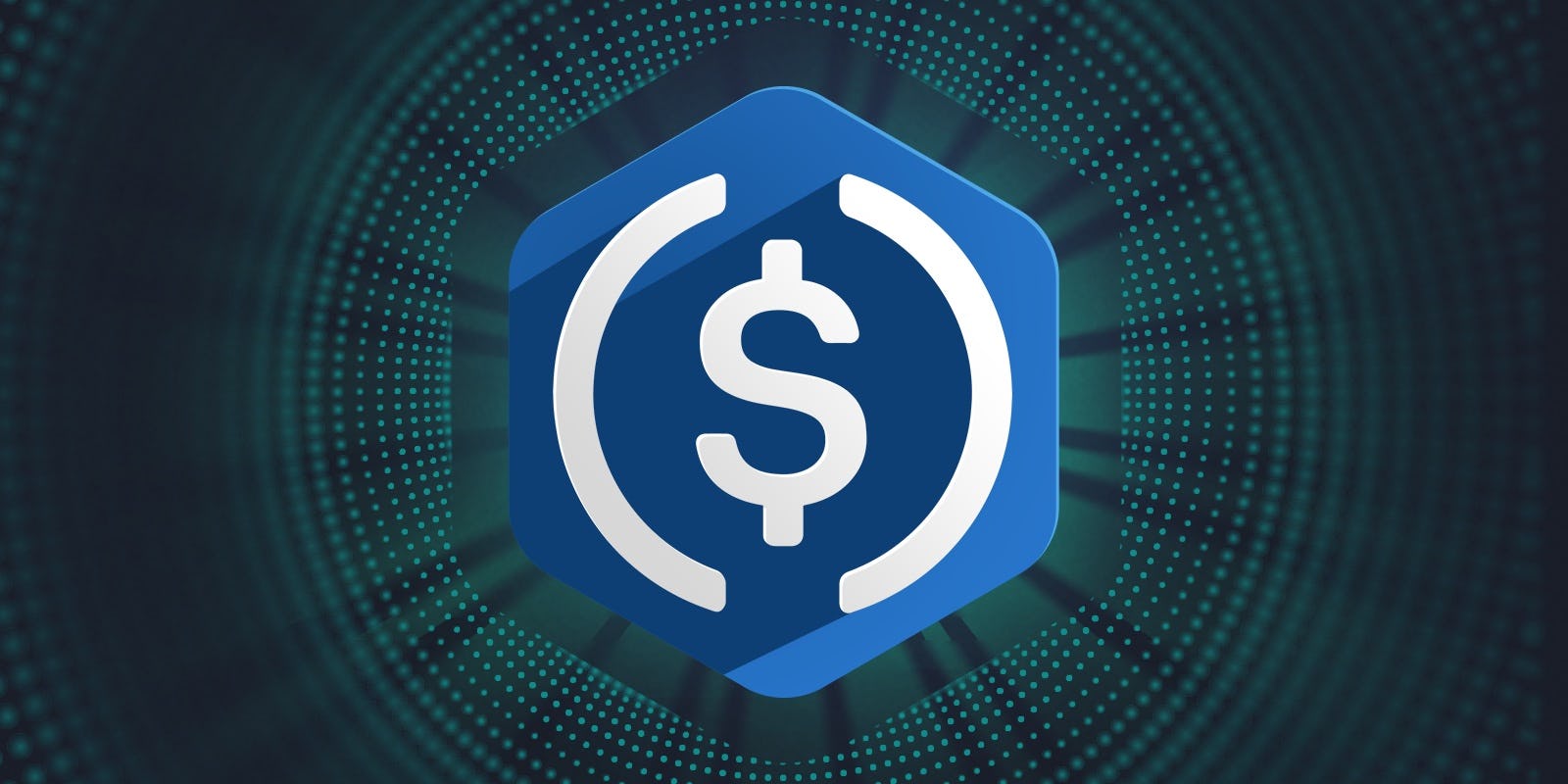USD Coin
USD Coin
USD Coin (USDC) is a relatively fresh stable coin pegged to the US dollar. A collaboration between Circle and Coinbase launched the currency on September 26, 2018. USDC is an alternative to other USD backed cryptocurrencies like Tether (USDT).
In a nutshell, USD Coin is a service to tokenize US dollars and facilitate their use over the internet and public blockchains. Besides, USDC tokens are changeable back to USD at any time. ERC-20 smart contract ensures the execution of issuing and redeeming USDC tokens.
Who Are the Founders of USD Coin?
The Centre Consortium has two founding members. One of them is the peer-to-peer payment services company Circle, while the other is the Coinbase cryptocurrency exchange. Other crypto ventures are open to join this consortium.
Explaining the rationale behind USDC, Circle co-founders Jeremy Allaire and Sean Neville wrote: “We believe that an open internet of value exchange can transform and integrate the world more deeply, eventually eliminating artificial economic borders and enabling a more efficient and inclusive global marketplace that connects every person on the planet.”
In 2020, Circle and Coinbase collectively announced a major upgrade to USDC’s protocol and smart contract. The goal of these enhancements is to make it easier for USD Coin to be used for everyday payments, commerce and peer-to-peer transactions.
How is USD Coin Different From Other Stablecoins?
USD Coin falls into the first, fiat-collateralized coins category, and is a centralized stable coin. In general, all the projects within the same category work similarly and have only minor differences. The more outstanding ones are Tether (USDT), known for refusing to conduct a genuinely transparent audit, and Digix Gold (DGX), whose value is pegged to gold.
The rest of fiat-collateralized stable coins release regular attestations and are backed by US dollars. The main differences between them revolve around their fee policies and different partner organizations, but the business model, for the most part, stays the same.
